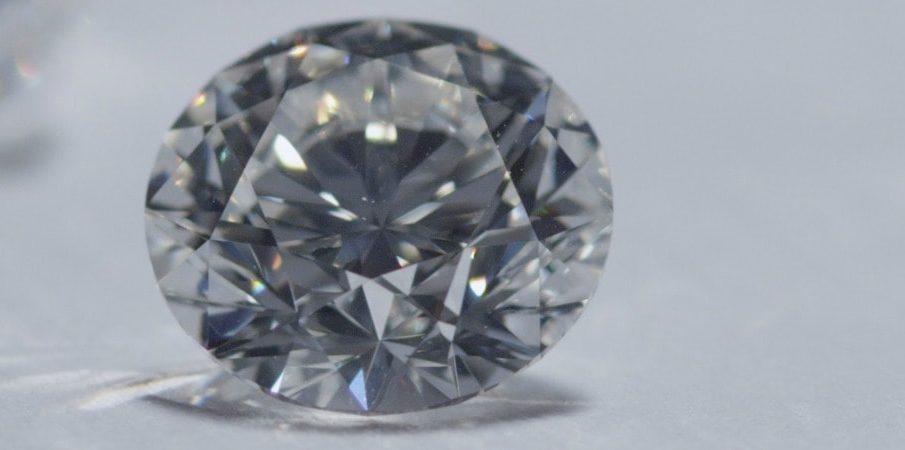The 4C’s of A Diamond: How to Identify Quality, Cut, Clarity and Color

Diamonds are a girl’s best friend, or at least that’s what everyone keeps saying. The symbolism is obvious – a diamond is the ultimate sign of love and commitment. But what does all of this talk about diamonds mean for you as a jeweler? It could mean a lot, depending on your interpretation of the term “quality.” Diamonds are the second most popular jewel among American consumers, with some saying that demand is growing faster than supply.
But what does this mean for the average jeweler? It means that there’s a lot of misinformation out there when it comes to diamonds. So, in this article, you’ll learn the 4C’s of diamond quality, and how to identify a high-quality stone.
What is Diamond Quality?
For centuries, diamonds have been symbols of love, luck, and good fortune. But what does this all mean, exactly? In short, the quality of a diamond is the grade of gemstone it is, and the higher the quality, the rarer the stone.
The 4C’s of A Diamond: Cut, Clarity, Color, and Carat.
Cut
A high-quality gemstone has a perfect, clean, and even cut. The cut of a diamond is what differentiates it from other gemstones. If you’ve ever seen a lab-grown diamond, you may have been surprised to learn that the stone doesn’t have a perfect cut. In fact, lab-grown diamonds are often cut without being certified, so the cut of the stone is not always consistent.
Clarity
Clarity is the reflection of a diamond. The clarity of a diamond refers to its brightness. Solomon in the Bible is said to have worn a ring with a ruby in it that was “as clear as crystal.” The ideal clarity for a diamond is SI1, which is a colorless stone with no imperfections.
What effects does the clarity have?
The clarity of a stone is what differentiates it from other gemstones, so it’s important that it be top-notch.
Color
The color of a diamond is graded using a color grading system, with the four main categories being:
- Yellow – This is the most common color, and is suitable for all occasions. I – Orange – This is the second-most popular color, and is the perfect complement to J diamonds.
- Orange – This is the second-most popular color, and is the perfect complement to J diamonds. H – Red – This is the rarest of the four main colors, and is often reserved for an engagement ring.
What effects does the color have?
A high-quality, well-cut diamond is always going to be more valuable than a poorly-cut stone of lower quality. But a well-cut diamond with a poor clarity or color could still find a home in a Jewelry Designers’ ring.
Conclusion
In summation, the four C’s of diamond quality are cut, clarity, color, and carat.













